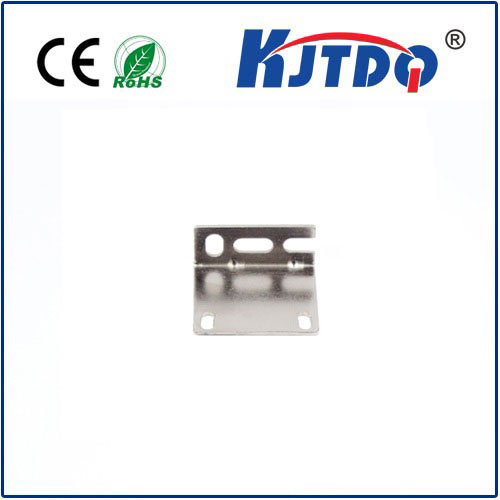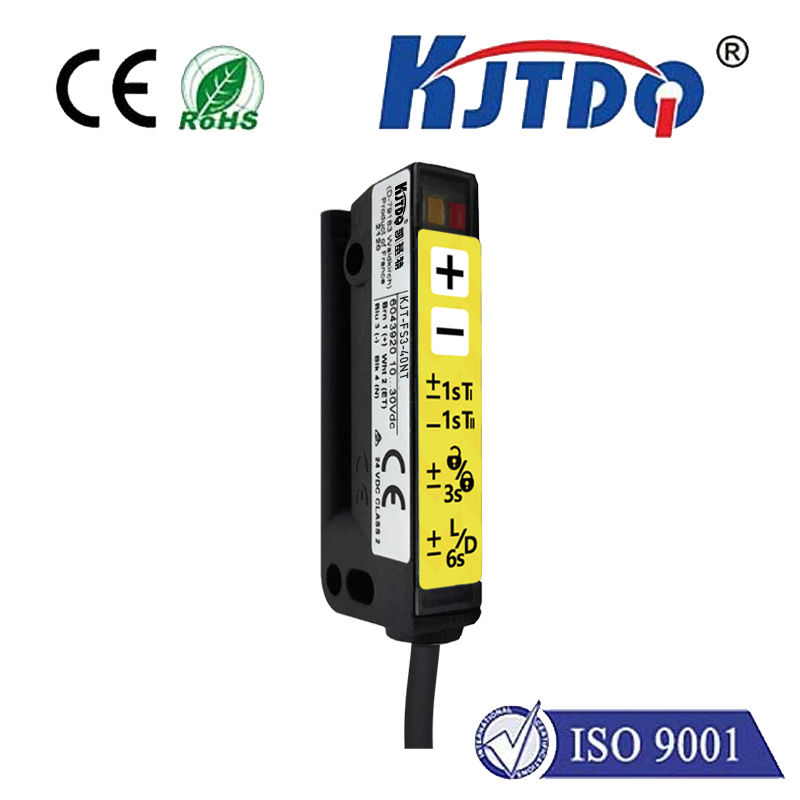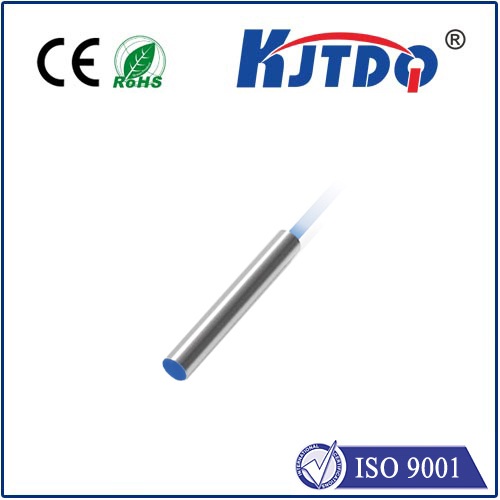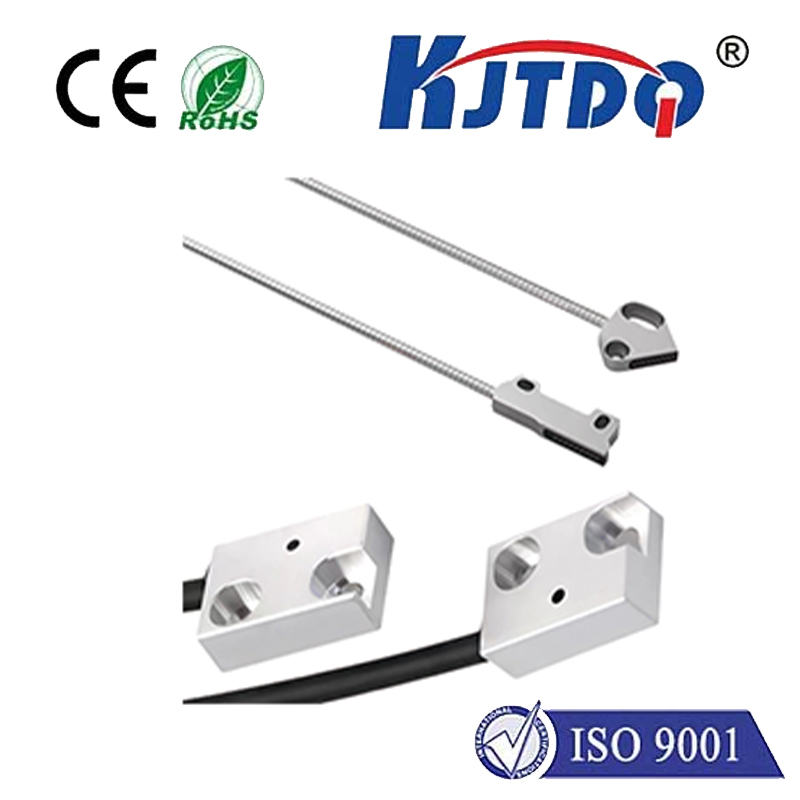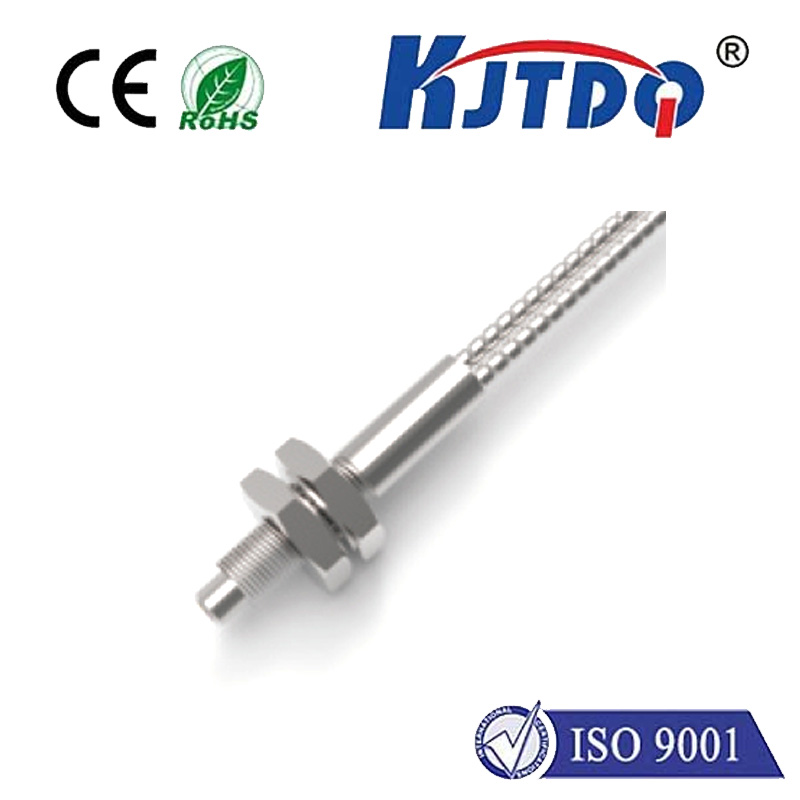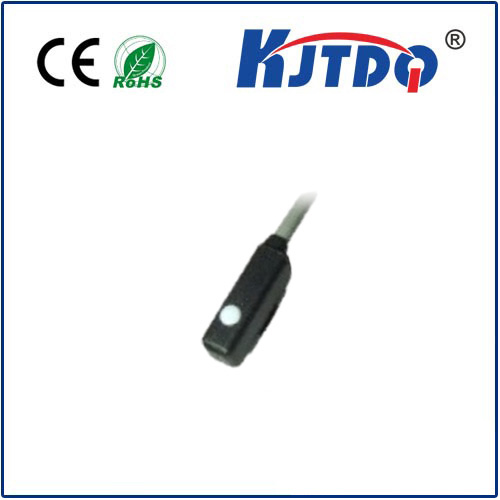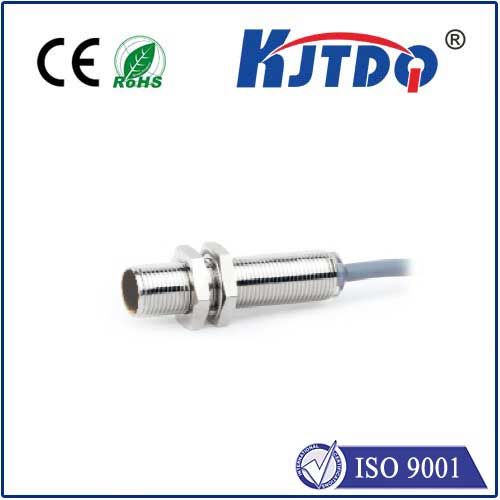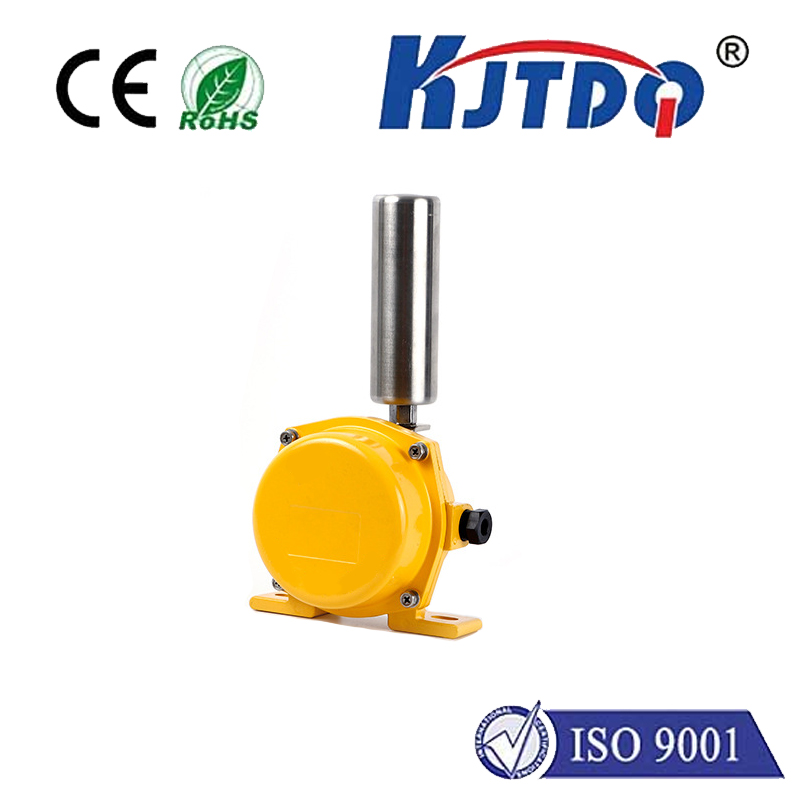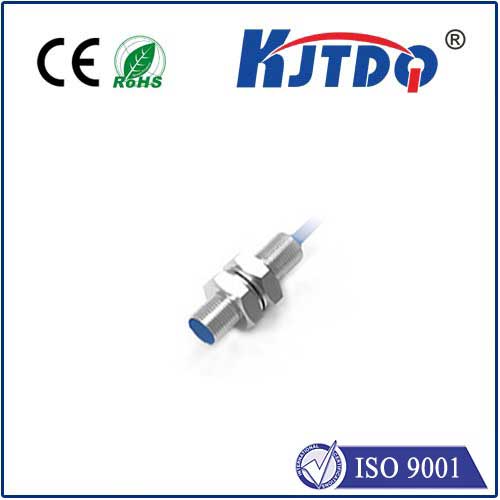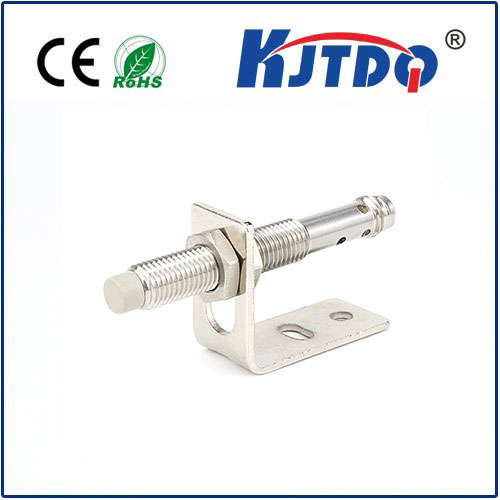
check

check

check

check
A limit switch, also known as an end stop or position switch, is an electromechanical device that is used to detect the presence or absence of an object within its effective range. It is a crucial component in automation systems and plays a vital role in controlling machinery and equipment. In this article, we will explore the definition, types, applications, and importance of limit switches.
Definition:
A limit switch is a switch that is activated when an object reaches a specific position. It consists of an actuator, which can be a lever, roller, or plunger, and a set of electrical contacts that open or close when the actuator is moved. The switch sends an electrical signal to a controller or other electronic device to indicate the position of the object being monitored.
Types:
There are various types of limit switches available in the market, each with its unique features and applications. Some common types include:
1. Lever Actuated Limit Switch: This type of limit switch uses a lever to activate the switch when an object comes into contact with it. It is commonly used in industrial settings where space is limited.
2. Roller Lever Actuated Limit Switch: This type of limit switch has a roller attached to the lever, allowing it to move more freely and smoothly. It is ideal for applications where there is a high level of vibration or shock.
3. Plunger Actuated Limit Switch: This type of limit switch uses a plunger to activate the switch when an object comes into contact with it. It is commonly used in applications where precise positioning is required.
Applications:
Limit switches are widely used in various industries and applications, including:
1. Manufacturing: Limit switches are used to control machinery and equipment in manufacturing processes, ensuring accurate positioning and preventing accidents.
2. Automation: Limit switches play a crucial role in automation systems, providing feedback to controllers and enabling precise positioning of robotic arms and other devices.
3. Construction: Limit switches are used in construction equipment such as cranes and hoists to monitor the position of loads and prevent accidents.
4. Transportation: Limit switches are used in transportation systems such as elevators and escalators to ensure safe operation and prevent accidents.
Importance:
The importance of limit switches cannot be overstated. They provide critical safety features in many applications by detecting the presence or absence of objects and sending signals to controllers or operators. They help prevent accidents and injuries by ensuring accurate positioning and operation of machinery and equipment. Without limit switches, many industries would not be able to function efficiently and safely.
In conclusion, a limit switch is an essential component in many industries and applications. It provides critical safety features by detecting the presence or absence of objects and sending signals to controllers or operators. There are various types of limit switches available, each with its unique features and applications. By understanding the definition, types, applications, and importance of limit switches, you can appreciate their significance in modern technology and industry.
